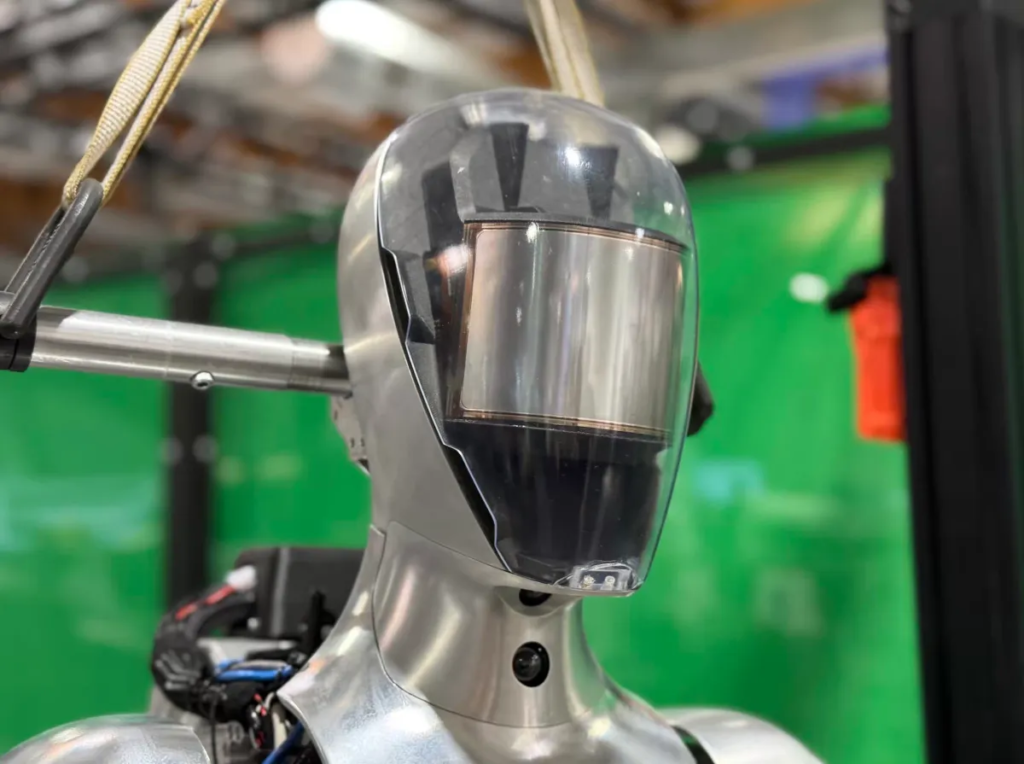Imagine stepping into a vehicle that looks like it belongs in a sci-fi movie—no steering wheel, no traditional front or back, and doors that slide open to reveal a futuristic interior. This isn’t a scene from a Hollywood blockbuster; it’s the reality of Zoox, Amazon’s autonomous vehicle subsidiary, which is quietly revolutionizing the future of transportation.
During this year’s CES, I had the opportunity to experience Zoox’s second-generation robotaxi firsthand. This purpose-built, bidirectional electric vehicle is designed to operate without human intervention, and it’s already being tested on the streets of Las Vegas. But is it ready for prime time? Let’s dive into the details.
What is Zoox?
Zoox is an autonomous vehicle company acquired by Amazon in 2020. Unlike other self-driving car projects that retrofit existing vehicles, Zoox is building its robotaxis from the ground up. The result is a unique, box-shaped vehicle that’s unlike anything on the road today.
Key Features of the Zoox Robotaxi:
- Bidirectional Design: The vehicle can move forward or backward without turning around, making it highly maneuverable in urban environments.
- No Steering Wheel: Fully autonomous, with no traditional controls.
- Touchpad Controls: Passengers interact with the vehicle via tablets mounted inside.
- Spacious Interior: Seats face each other, creating a social, subway-like atmosphere.
The Road to Autonomy: Zoox’s Journey
Zoox has been working on its autonomous technology for over a decade. While competitors like Waymo (owned by Alphabet) have already launched public robotaxi services, Zoox has taken a more cautious approach.
Current Status:
- Testing Locations: Zoox is testing its vehicles in Las Vegas, San Francisco, Seattle, and soon Austin and Miami.
- Limited Access: For now, the service is only available to employees and their families.
- Public Launch: Zoox plans to open its robotaxi service to the public in Las Vegas by 2025, though details about waitlists and availability remain unclear.
Inside the Zoox Robotaxi: A Firsthand Experience

Stepping into the Zoox robotaxi feels like entering a futuristic pod. The interior is minimalist yet functional, with firm, easy-to-clean seats and custom airbags for safety. Here’s what stood out during my ride:
1. Comfort and Space
The vehicle’s low floor and sliding doors make it easy to enter and exit. The seats face each other, creating a communal atmosphere, though sitting backward might not be ideal for those prone to motion sickness.
2. Controls and Features
Passengers interact with the vehicle via tablets mounted near the doors. These controls allow you to adjust the temperature, request a stop, or check the ride duration. While functional, the interface feels basic compared to the sleek designs of modern car infotainment systems.
3. The Ride Experience
The 30-minute test loop took us through local streets near the Las Vegas Strip. The vehicle handled construction zones, pedestrians, and traffic lights with ease, though its decision-making felt cautious and slightly robotic.
Highlights:
- Construction Zone Navigation: The robotaxi successfully navigated a lane closure, though it took longer than a human driver might.
- Pedestrian Interaction: It waited patiently for a pedestrian to cross, demonstrating its ability to handle real-world scenarios.
Challenges:
- Jerky Braking: The vehicle occasionally braked abruptly, which could be unsettling for passengers.
- Rough Ride: The low-slung design and minimal suspension made potholes and rough roads feel more pronounced.
How Zoox Compares to Competitors
Zoox is entering a crowded field, with players like Waymo, Cruise, and Tesla vying for dominance in the autonomous vehicle space. Here’s how it stacks up:
1. Waymo
- Advantage: Waymo has a head start, with public robotaxi services already operating in Phoenix and San Francisco.
- Challenge: Waymo uses retrofitted vehicles, which lack the custom design of Zoox’s purpose-built robotaxis.
2. Cruise
- Advantage: Cruise has made significant strides in autonomous technology but faced setbacks, including accidents and regulatory scrutiny.
- Challenge: Cruise recently paused its operations to address safety concerns, highlighting the difficulties of scaling autonomous services.
3. Tesla
- Advantage: Tesla’s Autopilot and Full Self-Driving (FSD) features are widely used, though they still require human supervision.
- Challenge: Tesla’s approach to autonomy has been criticized for prioritizing speed over safety.
The Challenges Ahead for Zoox
While Zoox’s technology is impressive, several hurdles remain before it can achieve widespread adoption:
1. Regulatory Approval
Autonomous vehicles must meet stringent safety standards, and Zoox’s self-certification process has raised questions among regulators.
2. Public Trust
Convincing passengers to trust a fully autonomous vehicle will require flawless performance and transparent communication.
3. Scalability
Building and deploying a fleet of custom vehicles is expensive and labor-intensive. Zoox will need to prove that its business model is sustainable in the long term.
Why Zoox Matters

Despite the challenges, Zoox represents a bold vision for the future of transportation. Its purpose-built design and focus on safety set it apart from competitors, and its backing by Amazon provides the resources needed to scale its operations.
As Zoox cofounder and CTO Jesse Levinson put it: “This experience that we’re having in this vehicle, there’s nothing like it now. You can’t get that in a retrofitted car. We think we’re onto something.”
The Future of Mobility is Here
Zoox’s robotaxi is more than just a vehicle—it’s a glimpse into a future where transportation is safer, more efficient, and more accessible. While the road to full autonomy is fraught with challenges, Zoox’s innovative approach and steady progress suggest that the future is closer than we think.
So, the next time you’re stuck in traffic, imagine a world where your commute is handled by a sleek, autonomous pod. Thanks to Zoox, that future might be just around the corner.








